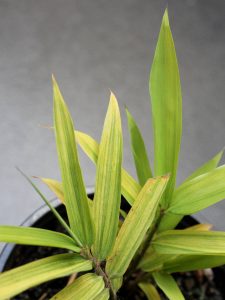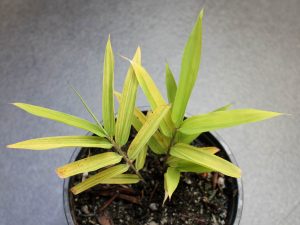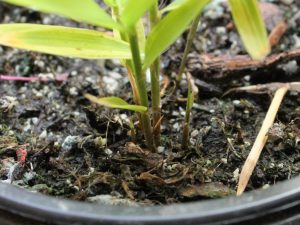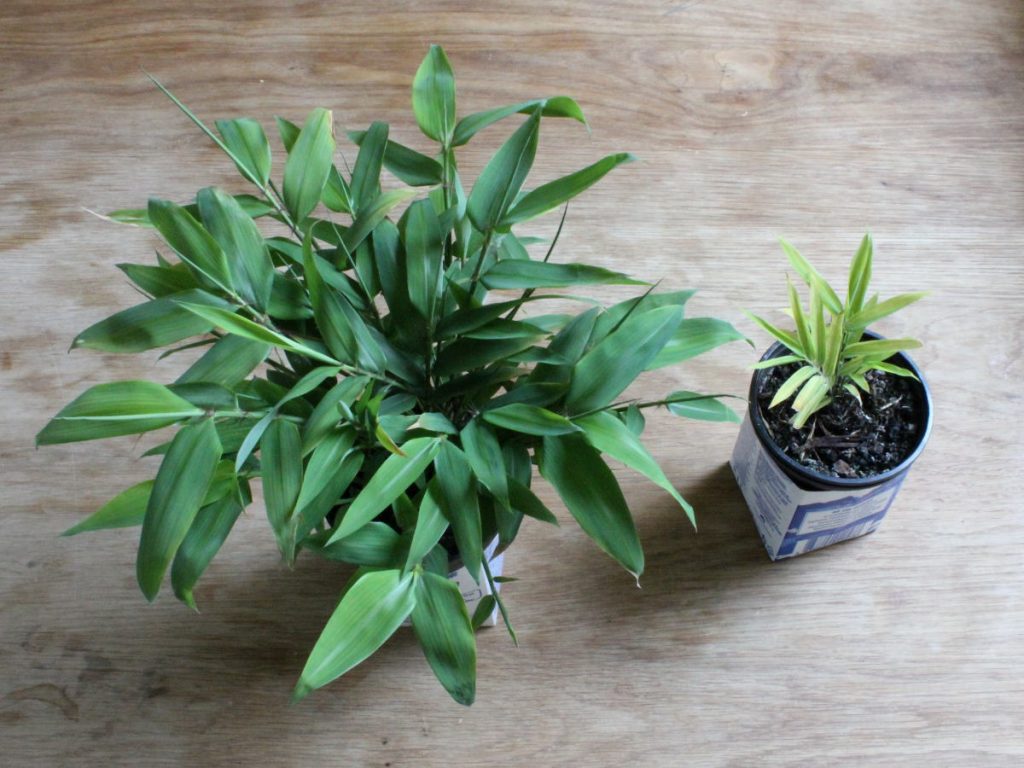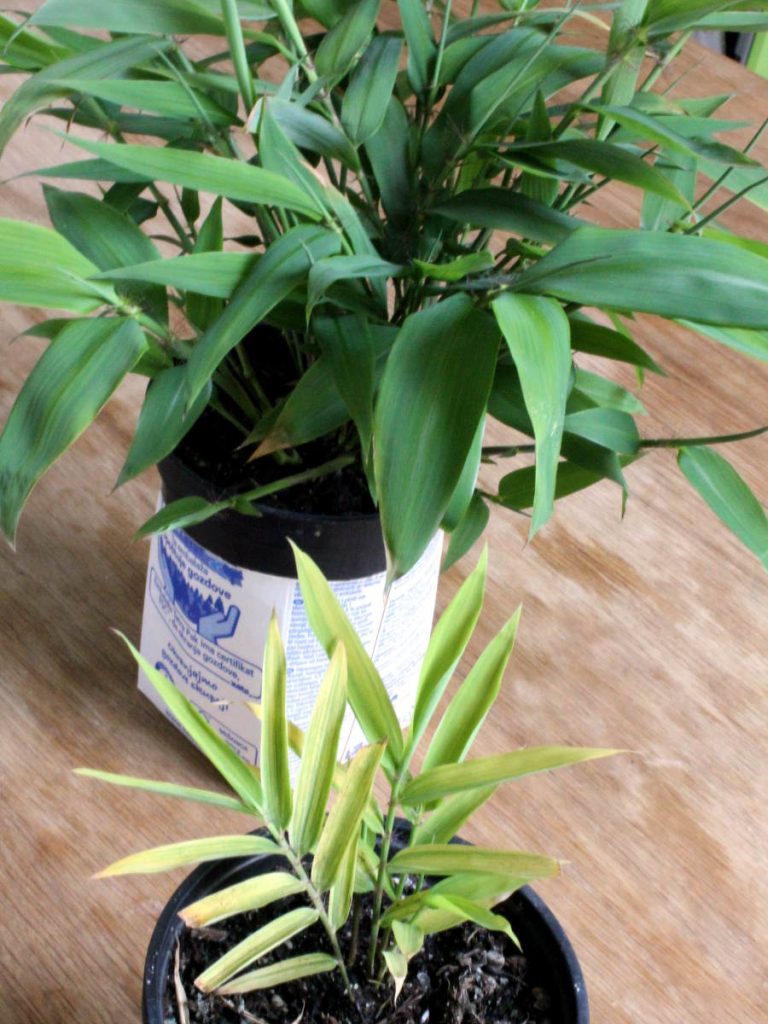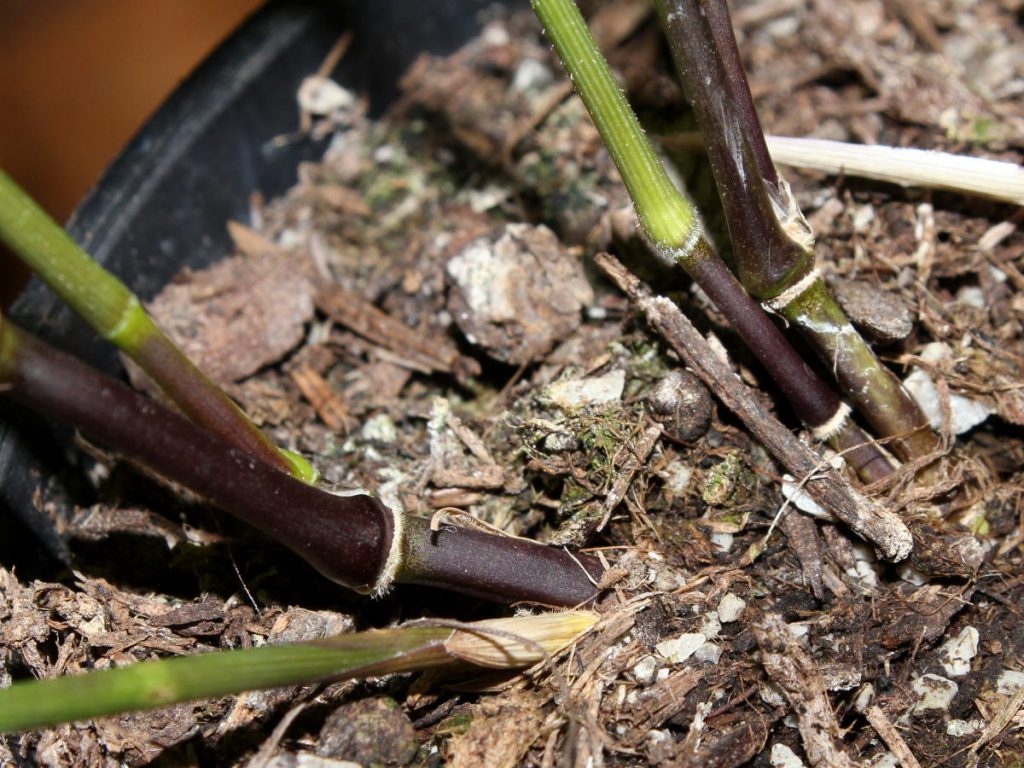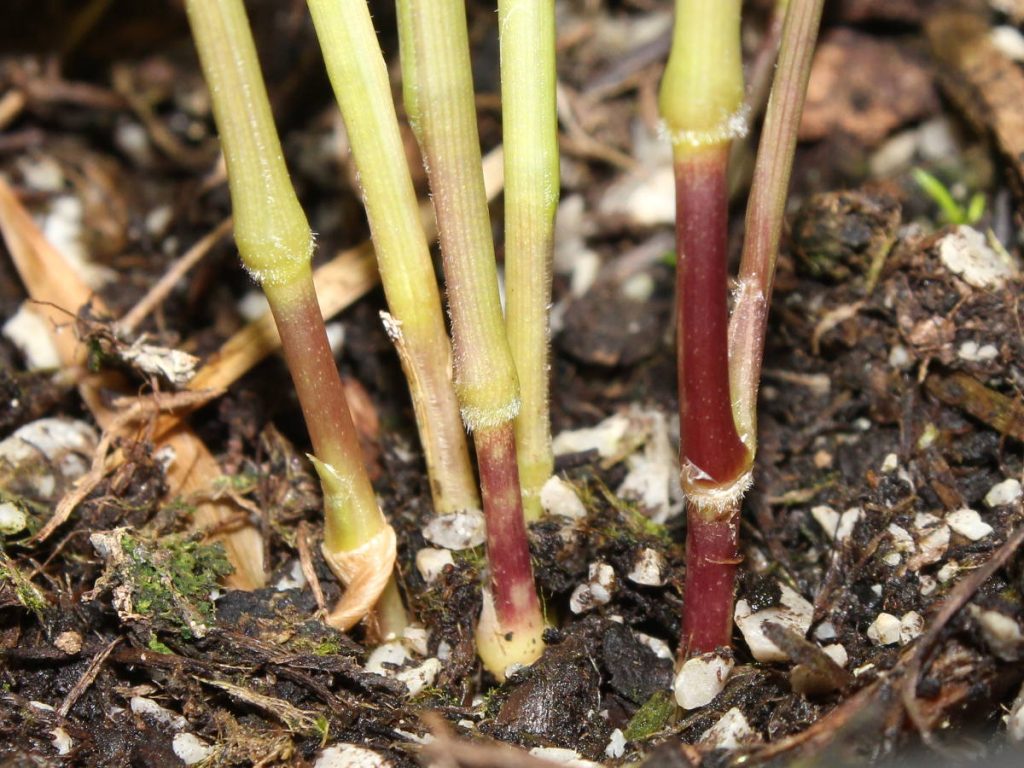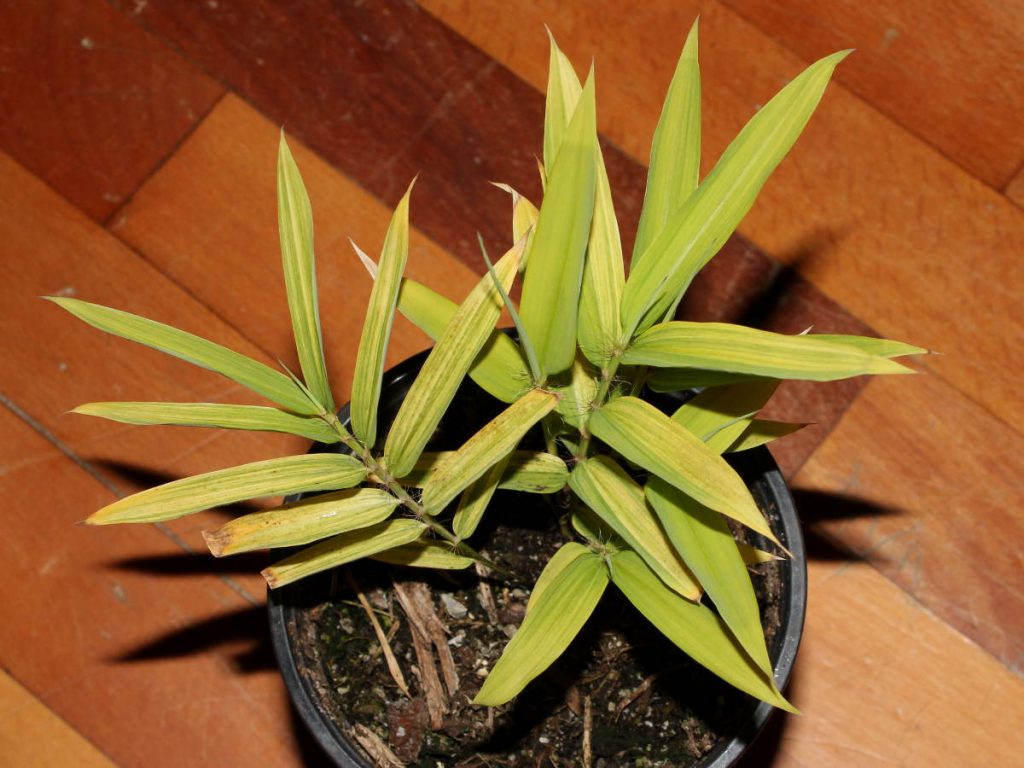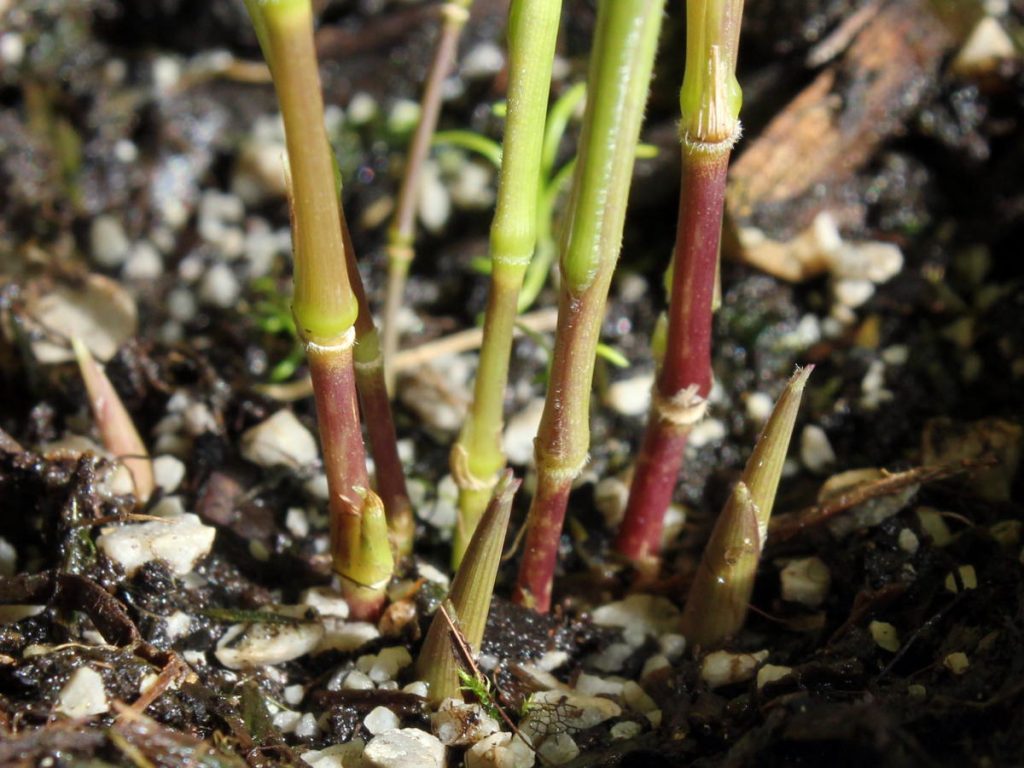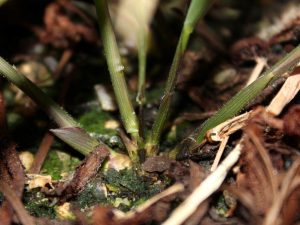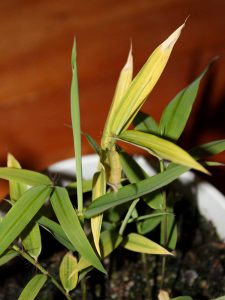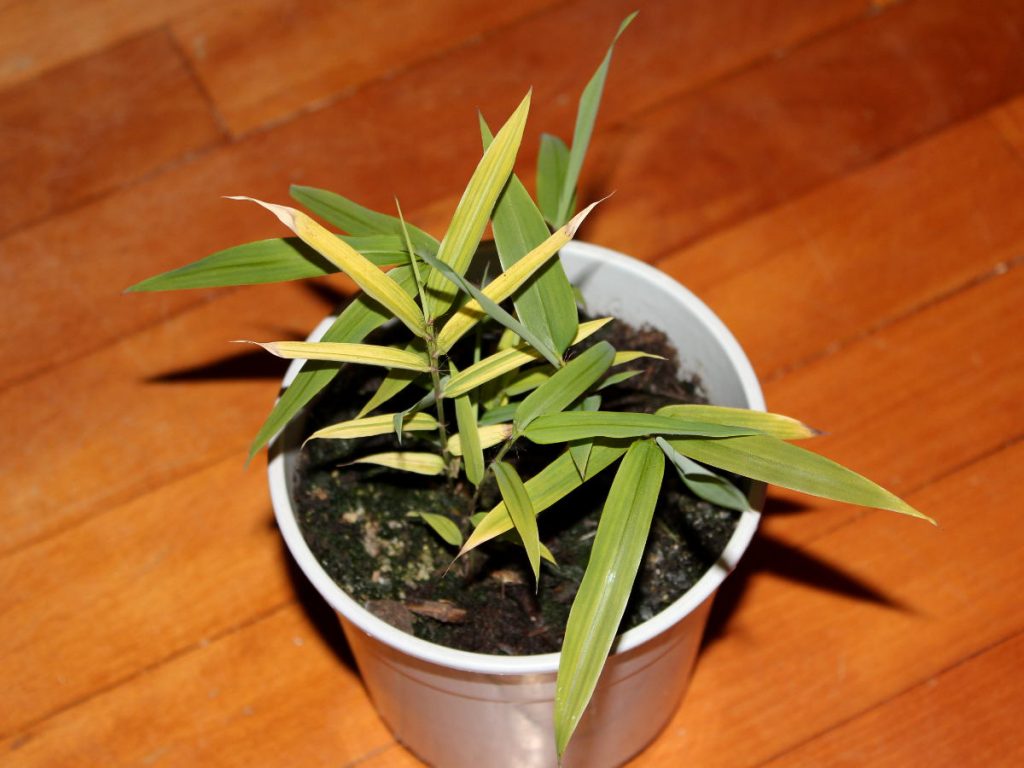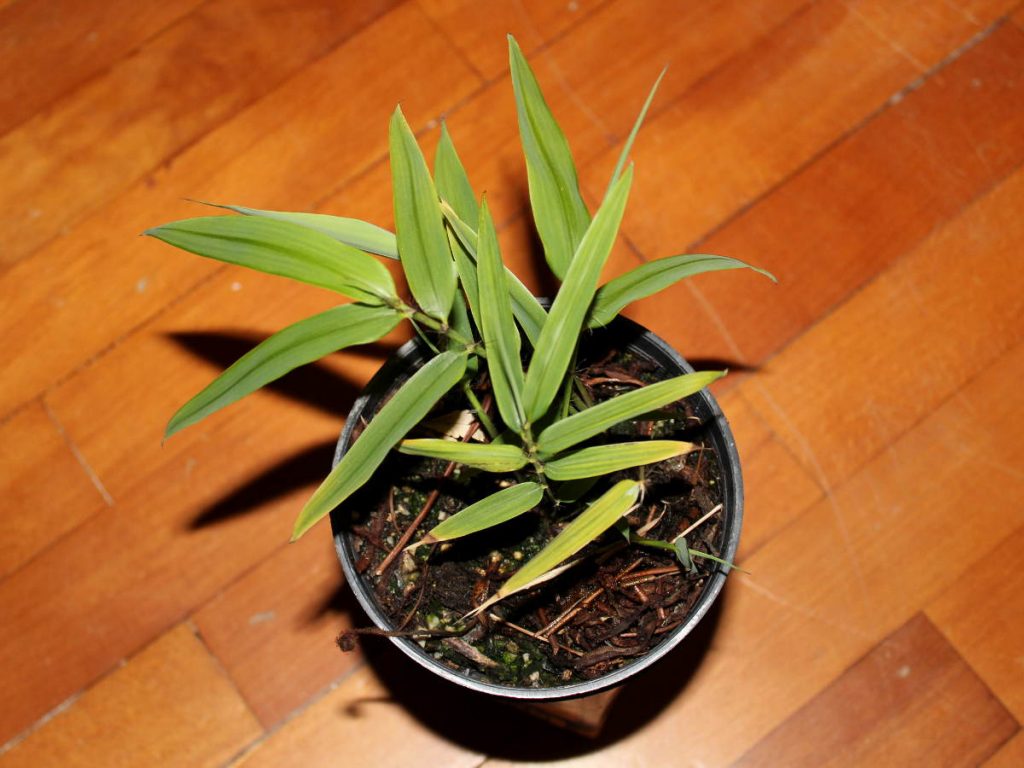Starting seedlings with some help from friendly mushrooms
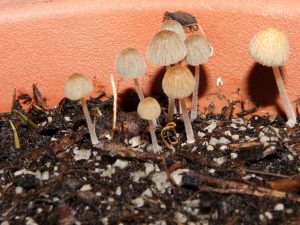
Last week, I started germinating the remaining Phyllostachys arcana ‘Luteosulcata’ seeds. I used cheap half composted potting soil that actually looks more like peat moss than soil. It works great for my seedlings when I mix it with sand and some garden soil. The last bag I bought was infected with mycelium and fungal spores that decided to start growing when I opened the bag and started using the soil. Even after a couple of months when the soil remained completely dried out in the corner, waiting for the next batch of seedlings, fungus remained active and when I started germinating the seeds, small mushrooms appeared all over the pot.
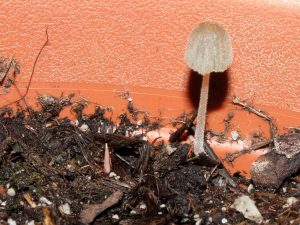
I don’t think there’s any symbiotic relationship, mycorrhiza, between fungus and the seedlings, but who knows they are not harmful to the plants and if nothing else, they help to break down the dead plant matter in the soil and unlock nutrients that can be used by neighbouring bamboo seedlings. I was thinking, if these small mushrooms can dwell happily inside the potting soil, there must be other, hopefully beneficial mycorrhizal fungi as well. I’ve seen there are several albino seedlings growing among the healthy bamboo seedlings, hopefully they can use symbiosis with fungi and live long enough to decide and become a nice variegated bamboo cultivars. 🙂

